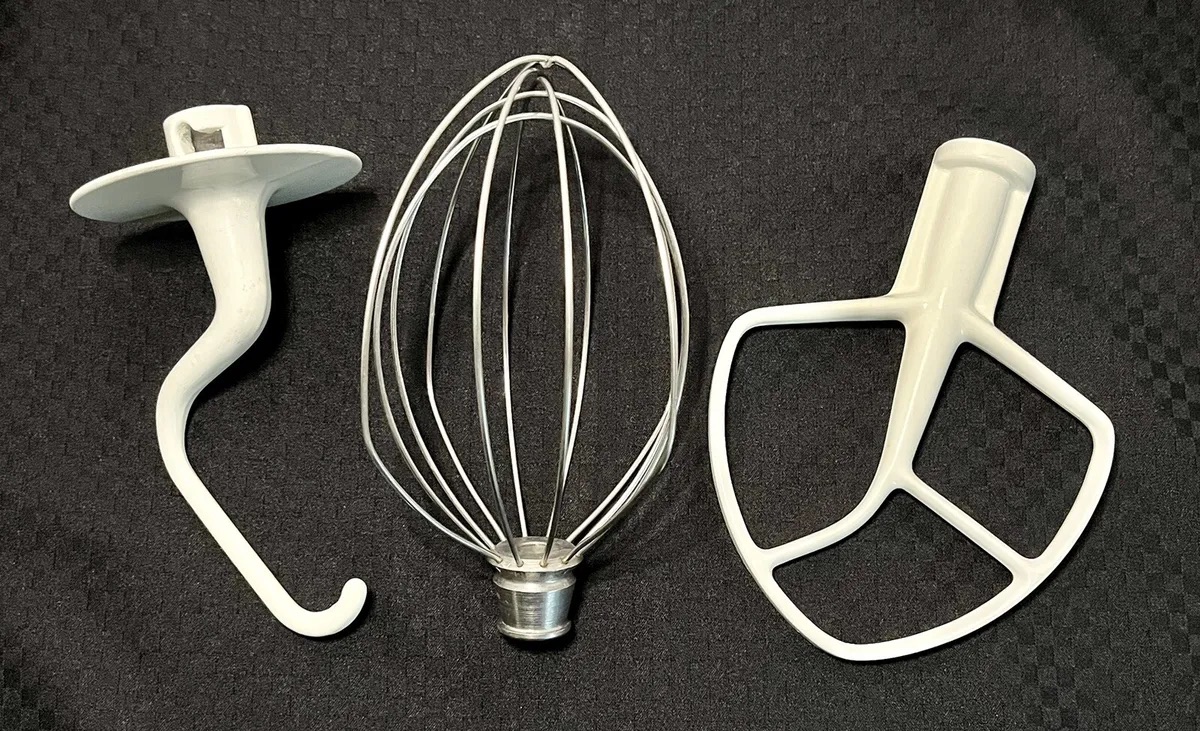

Articles
What Is A Paddle Attachment For A Stand Mixer
Modified: August 25, 2024
Discover the benefits of using a paddle attachment for your stand mixer. Read informative articles and find out how this versatile tool can enhance your baking and cooking experience.
(Many of the links in this article redirect to a specific reviewed product. Your purchase of these products through affiliate links helps to generate commission for Storables.com, at no extra cost. Learn more)
Introduction
Stand mixers are a versatile kitchen appliance that can make your baking and cooking endeavors much easier. Whether you’re whipping up a batch of cookies, kneading dough for a homemade pizza, or mixing batter for a cake, a stand mixer can be a valuable tool in your culinary arsenal. One of the key components of a stand mixer is the paddle attachment.
In this article, we will explore what a paddle attachment is, how it works, and the benefits it offers. We will also compare the paddle attachment to other attachments available for stand mixers. Lastly, we will provide some tips on using the paddle attachment effectively and offer guidance on cleaning and maintaining it.
So, if you have ever wondered about the paddle attachment for your stand mixer and how it can enhance your cooking experience, read on to discover everything you need to know about this essential accessory.
Key Takeaways:
- The paddle attachment for a stand mixer is a versatile tool that efficiently mixes, blends, and creams ingredients, saving time and effort in the kitchen while ensuring consistent and professional-quality results.
- When using a paddle attachment, start at a low speed, layer ingredients, and avoid overmixing to achieve optimal performance. Proper cleaning and maintenance are essential to ensure the attachment’s longevity and hygienic food preparation.
What is a Paddle Attachment for a Stand Mixer?
A paddle attachment is a common accessory that comes with most stand mixers. It is designed to provide a versatile mixing option for various recipes and can be used for a wide range of tasks, from gently stirring delicate ingredients to thoroughly combining heavier mixtures.
The paddle attachment is typically made of sturdy and durable materials such as stainless steel or aluminum. It consists of a paddle-shaped extension that attaches to the mixer’s head and rotates in a planetary motion within the mixing bowl. Unlike the whisk attachment, which is ideal for incorporating air into batters, the paddle attachment is primarily used for mixing, blending, and creaming ingredients.
The paddle attachment features a flat and wide surface with curved edges, which allows it to efficiently scrape the sides and bottom of the mixing bowl while mixing. This ensures that all the ingredients are thoroughly combined and minimizes the need for manual scraping. The paddle attachment is especially useful when making thicker mixtures, such as cookie dough or mashed potatoes.
Furthermore, some paddle attachments come with a flexible edge or rubber scraper, which helps to prevent buildup on the sides of the bowl and ensures that ingredients are fully incorporated. This innovative feature reduces the need to stop and scrape the bowl manually, making the mixing process more efficient.
Overall, a paddle attachment is an essential tool for any stand mixer and is especially useful for recipes that require thorough mixing and blending. Its versatile design and efficient scraping capabilities make it a valuable accessory for home bakers and cooks alike.
How Does a Paddle Attachment Work?
The paddle attachment operates by utilizing the power of the stand mixer to mix and blend ingredients inside a mixing bowl. The attachment connects to the mixer’s head and spins in a planetary motion, mimicking the movement of the planets around the sun.
When the stand mixer is turned on and the paddle attachment is engaged, the paddle starts rotating clockwise or counterclockwise, depending on the mixer’s settings. As the paddle turns, it scrapes the sides and bottom of the bowl, mixing the ingredients thoroughly and evenly.
The flat and wide surface of the paddle attachment allows for efficient blending of ingredients. It ensures that all the ingredients in the mixing bowl are evenly distributed and combined, resulting in a uniform mixture. The curved edges of the paddle also help to prevent the ingredients from sticking to the sides of the bowl, reducing the need for manual scraping.
The paddle attachment is particularly effective when working with dense and thick mixtures. It effortlessly cuts through butter or shortening, incorporates sugar and flour, and blends other ingredients to create a smooth and well-mixed batter or dough.
While the paddle attachment is primarily used for mixing, it can also be used for creaming butter and sugar together. The paddle attachment beats the butter and sugar together, creating a light and fluffy texture ideal for cakes, cookies, and other baked goods.
Additionally, the option of using a paddle attachment with a flexible edge or rubber scraper enhances its functionality. The flexible edge helps to keep the sides of the bowl clean and ensures that all the ingredients are well-incorporated, eliminating the need for manual scraping during the mixing process.
Overall, the paddle attachment simplifies the mixing and blending process, making it easier and more efficient to achieve perfectly combined ingredients for your culinary creations.
Benefits of Using a Paddle Attachment
The paddle attachment for a stand mixer offers numerous benefits that can greatly enhance your cooking and baking experience. Here are some of the advantages of using a paddle attachment:
- Versatility: The paddle attachment is a versatile tool that can be used for a wide range of tasks. Whether you’re mixing batters, blending ingredients, or incorporating dry and wet ingredients together, the paddle attachment can handle it all.
- Efficient Mixing: The paddle attachment’s flat and wide surface, coupled with its rotating motion, ensures that ingredients are thoroughly mixed and blended. Its curved edges scrape the sides and bottom of the bowl, reducing the need for manual scraping and producing a consistent mixture.
- Even Incorporation: When making dough or batter, it’s important to evenly incorporate all the ingredients. The paddle attachment excels at evenly distributing dry and wet ingredients, resulting in a uniformly mixed mixture. This helps to ensure consistent texture and flavor throughout your baked goods or other dishes.
- Precise Control: By using a stand mixer with a paddle attachment, you have greater control over the speed and intensity of the mixing process. You can adjust the speed settings to achieve the desired consistency, whether it’s a gentle stir or a more vigorous mix.
- Time-Saving: The paddle attachment’s efficient mixing capabilities save you time and effort in the kitchen. It eliminates the need for manual stirring or blending, allowing you to multitask or attend to other preparations while the stand mixer does the work for you.
- Consistent Results: Using a paddle attachment ensures consistent results with each use. The paddle’s consistent motion and scraping action prevent clumps or pockets of unmixed ingredients, resulting in uniform texture and taste in your recipes.
- Ease of Use: The paddle attachment is easy to attach and detach from the stand mixer, making it a user-friendly accessory. It is also dishwasher-safe in most cases, simplifying the cleanup process.
Overall, the paddle attachment provides convenience, efficiency, and consistent results, making it an invaluable tool in the kitchen. Whether you’re an avid baker or a home cook, utilizing a paddle attachment can elevate the quality of your recipes and streamline your cooking process.
When using a paddle attachment for a stand mixer, start on a low speed to prevent splattering, and gradually increase the speed as needed for mixing.
Paddle Attachment vs. Other Attachments
Stand mixers often come with multiple attachments, each designed for specific tasks. While the paddle attachment is a versatile option, it’s important to understand how it compares to other attachments available for stand mixers. Here’s a comparison between the paddle attachment and some commonly used attachments:
- Whisk Attachment: The whisk attachment consists of thin wire loops and is ideal for incorporating air into mixtures. It’s commonly used for whisking egg whites, whipping cream, and creating fluffy meringues. Unlike the paddle attachment, the whisk attachment is not designed for heavy-duty mixing or blending.
- Dough Hook Attachment: The dough hook attachment is specifically designed for kneading and mixing dough. It has a spiral shape that mimics the motion of hand-kneading and is perfect for making bread, pizza dough, or other yeast-based dough. The paddle attachment, on the other hand, is better suited for tasks that require gentle mixing or thorough blending.
- Flat Beater Attachment: The flat beater attachment is similar to the paddle attachment in terms of shape and functionality. It’s often included as a default attachment with stand mixers. The main difference between the two is that the flat beater has a slightly different curvature and may not scrape the sides of the bowl as effectively as the paddle attachment. It’s best suited for general mixing tasks, while the paddle attachment excels in thorough blending and scraping.
- Flex Edge Beater Attachment: The flex edge beater attachment is an upgraded version of the paddle attachment. It features a flexible edge or rubber scraper that helps to scrape the sides of the bowl more efficiently, reducing the need for manual scraping. This attachment is particularly useful for recipes that tend to stick to the sides of the bowl. While the standard paddle attachment can still accomplish the same tasks, the flex edge beater offers enhanced convenience.
It’s important to note that the choice of attachment depends on the specific task at hand. While the paddle attachment is a versatile option for general mixing and blending, specialized attachments like the whisk and dough hook have their unique purposes. It’s beneficial to have a collection of attachments to accommodate different recipes and culinary needs.
Experimenting with different attachments allows you to make the most of your stand mixer and expand your culinary repertoire. Whether you’re whipping up light and airy meringues with the whisk attachment or kneading homemade bread with the dough hook attachment, each attachment offers its own distinct advantages and contributes to the versatility of your stand mixer.
Tips for Using a Paddle Attachment Effectively
To make the most out of your stand mixer’s paddle attachment, consider the following tips for optimal performance and results:
- Select the Right Speed: When using the paddle attachment, start at a low speed and gradually increase it as needed. This helps prevent ingredients from splattering or flying out of the bowl and allows for better control over the mixing process.
- Scrape the Bowl: While the paddle attachment does a great job of scraping the sides and bottom of the mixing bowl, it’s still a good practice to occasionally stop and manually scrape down the sides with a spatula. This ensures all the ingredients are evenly incorporated and helps prevent any dry or unmixed pockets.
- Layer Ingredients: When adding ingredients to the mixing bowl, it’s best to layer them gradually. Start with wet ingredients, followed by dry ingredients, and alternate between the two. This allows for better mixing and reduces the chances of clumping or overmixing.
- Avoid Overmixing: While the paddle attachment is efficient at mixing, it’s important to avoid overmixing certain recipes. Overmixing can lead to a tough texture in baked goods or cause ingredients to separate. Pay attention to the instructions in the recipe and mix just until all ingredients are combined.
- Pause as Needed: For longer mixing sessions, especially when working with dense mixtures like dough, it’s a good idea to pause the mixer occasionally. This prevents the motor from overheating and allows the ingredients to rest and come together before continuing the mixing process.
- Adjust for Bowl Size: Make sure to choose the appropriate bowl size for the amount of ingredients you are working with. If the bowl is too large, the paddle attachment may not effectively reach all the ingredients. Conversely, if the bowl is too small, the ingredients may overflow or not mix properly.
- Don’t Overload the Bowl: Be mindful of the maximum capacity of your stand mixer’s bowl and avoid overloading it with ingredients. Overfilling the bowl can affect the mixing process, hinder the attachment’s efficiency, and potentially damage the mixer.
- Clean the Attachment Thoroughly: After each use, make sure to detach the paddle attachment and clean it thoroughly. Pay attention to any crevices or hard-to-reach areas to remove any stuck-on residue. Most paddle attachments are dishwasher-safe, but always check the manufacturer’s instructions for specific cleaning guidelines.
By following these tips, you can ensure that you use the paddle attachment to its full potential, achieve well-mixed ingredients, and create delicious dishes with your stand mixer.
Cleaning and Maintaining a Paddle Attachment
Proper cleaning and maintenance of your paddle attachment are essential to ensure its longevity and optimal performance. Here are some tips to help you keep your paddle attachment in excellent condition:
- Detach the Attachment: Before cleaning, always detach the paddle attachment from the stand mixer. This makes it easier to clean and prevents any chance of accidentally turning on the mixer while handling the attachment.
- Hand Wash or Dishwasher: Most paddle attachments are dishwasher-safe, but it’s always a good idea to consult the manufacturer’s instructions to confirm. If dishwasher-safe, place the attachment in the dishwasher with the rest of your dishwasher-safe kitchenware. If not, wash it by hand using warm soapy water, making sure to clean both the front and back surfaces thoroughly.
- Remove Stuck-on Residue: If there is any stuck-on residue, use a soft brush or sponge to gently scrub it off. Avoid using abrasive materials or strong chemicals that could damage the paddle attachment’s surface.
- Dry Completely: After cleaning, ensure that the paddle attachment is completely dry before storing it. Leaving it damp or storing it in a humid environment can lead to rust or mold growth.
- Store Properly: Store the paddle attachment in a clean and dry place, away from extreme temperatures and direct sunlight. If space allows, you can store it with your other stand mixer attachments or in a designated drawer or container to keep it organized and easily accessible.
- Inspect Regularly: Periodically inspect the paddle attachment for any signs of wear or damage. Check for loose parts, cracks, or rust. If you notice any issues, it may be time to replace the attachment to ensure safe and efficient operation.
- Follow Manufacturer’s Guidelines: Always refer to the specific maintenance and care instructions provided by the manufacturer. They may have additional guidelines or specific recommendations for cleaning and maintaining your particular paddle attachment model.
- Use Food-safe Materials: When choosing cleaning products or tools, opt for food-safe materials to avoid any potential contamination of your ingredients or harmful effects on the attachment itself.
By following these cleaning and maintenance practices, you can extend the lifespan of your paddle attachment and ensure hygienic and efficient food preparation. Regular upkeep not only keeps your attachment in good shape but also contributes to the overall performance of your stand mixer.
Conclusion
The paddle attachment is a valuable accessory for any stand mixer, offering versatility, efficiency, and convenience in the kitchen. With its flat and wide surface, the paddle attachment excels at mixing, blending, and creaming ingredients, ensuring thorough incorporation and consistent results.
Throughout this article, we have explored what a paddle attachment is, how it works, and the benefits it provides. We have compared it to other attachments commonly available for stand mixers, highlighting its unique features and functionalities. We have also provided tips on using the paddle attachment effectively, emphasizing the importance of selecting the right speed, layering ingredients, and avoiding overmixing.
Furthermore, we discussed the cleaning and maintenance of the paddle attachment, stressing the need to detach and clean it properly, following the manufacturer’s guidelines and storing it in a dry and safe place.
Whether you’re an avid baker, a home cook, or simply someone who enjoys experimenting in the kitchen, the paddle attachment can significantly enhance your culinary creations. Its ability to efficiently mix, blend, and cream ingredients saves time and effort, allowing you to achieve professional-quality results with ease.
So, the next time you use your stand mixer, make sure to attach the paddle and take advantage of its versatility. Experiment with different recipes, adjust the speed settings, and enjoy the convenience and precision it offers. With the paddle attachment by your side, mixing and blending will become a seamless and enjoyable part of your cooking process.
Frequently Asked Questions about What Is A Paddle Attachment For A Stand Mixer
Was this page helpful?
At Storables.com, we guarantee accurate and reliable information. Our content, validated by Expert Board Contributors, is crafted following stringent Editorial Policies. We're committed to providing you with well-researched, expert-backed insights for all your informational needs.
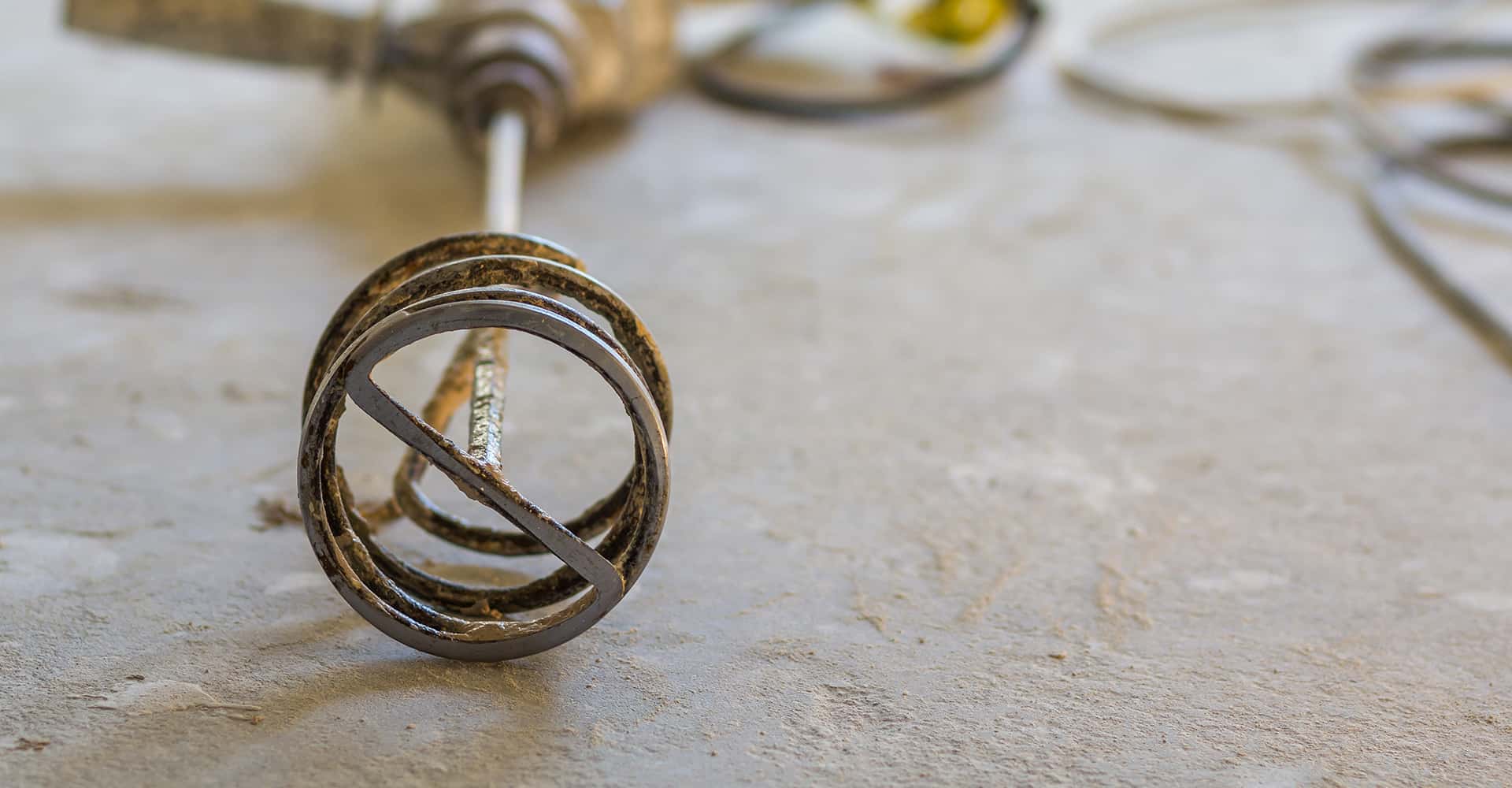
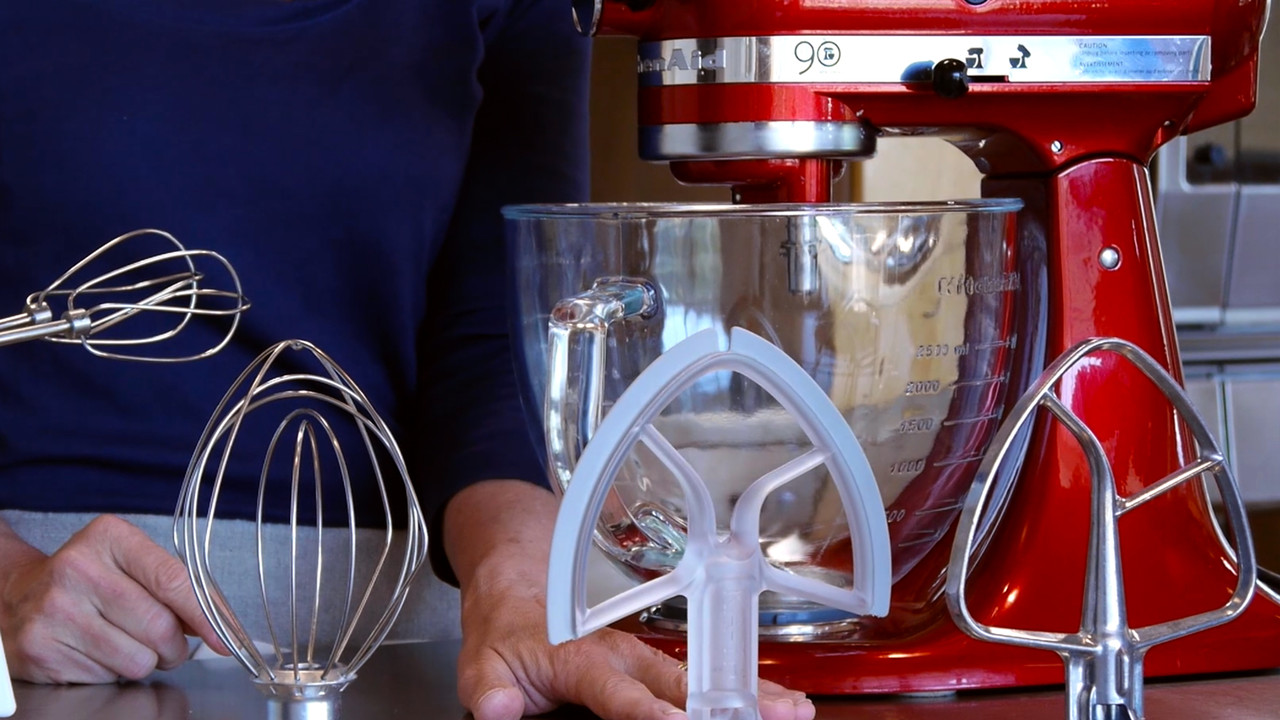

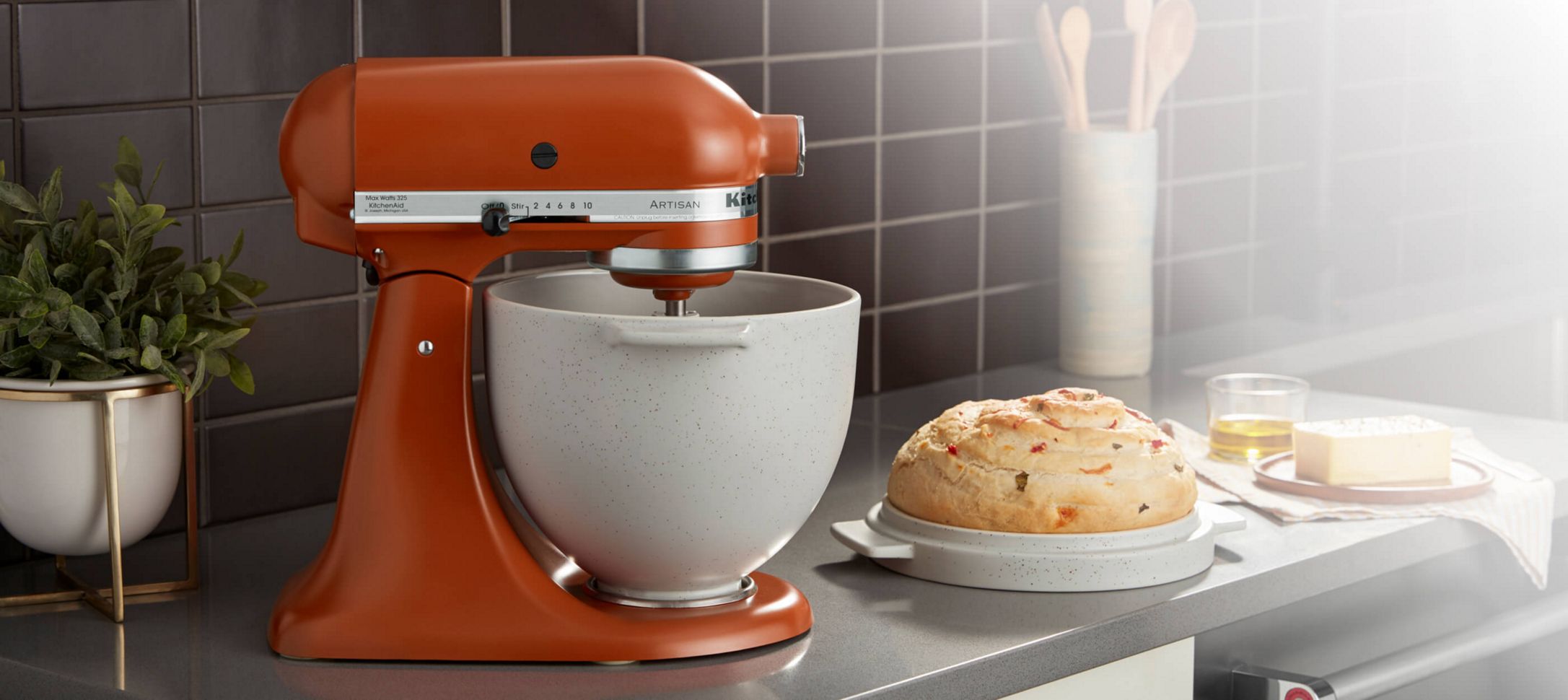
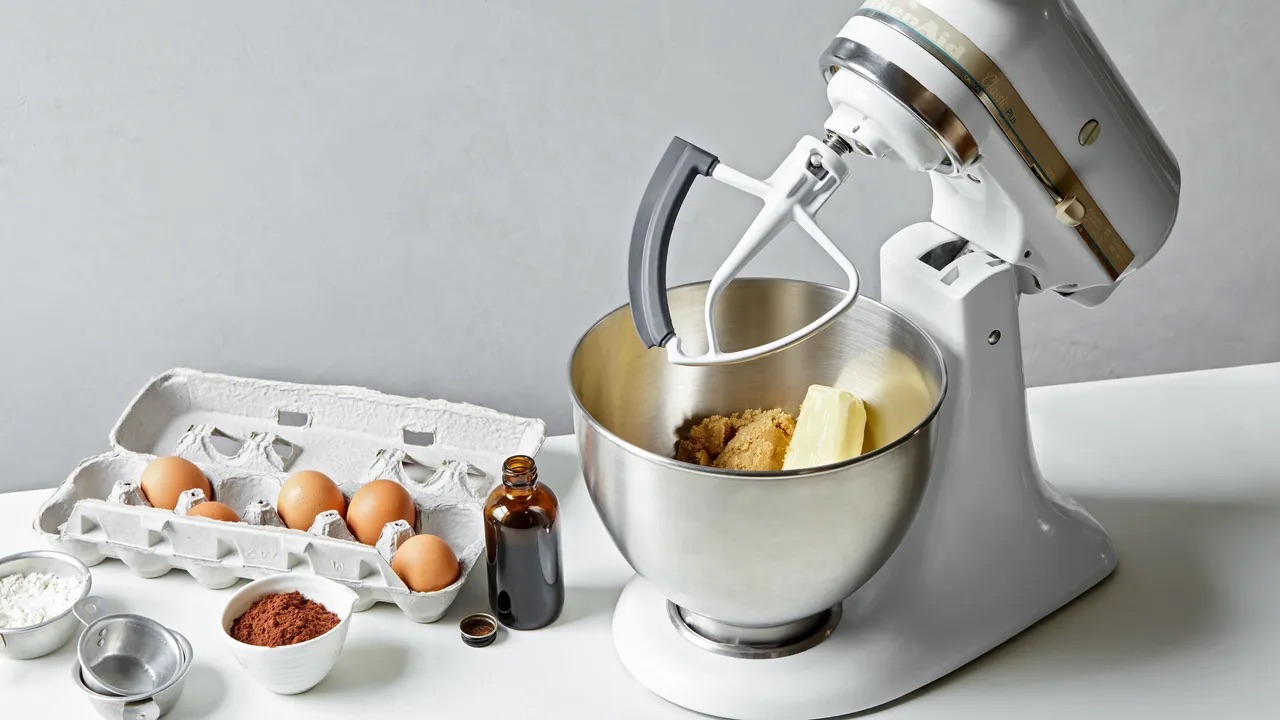
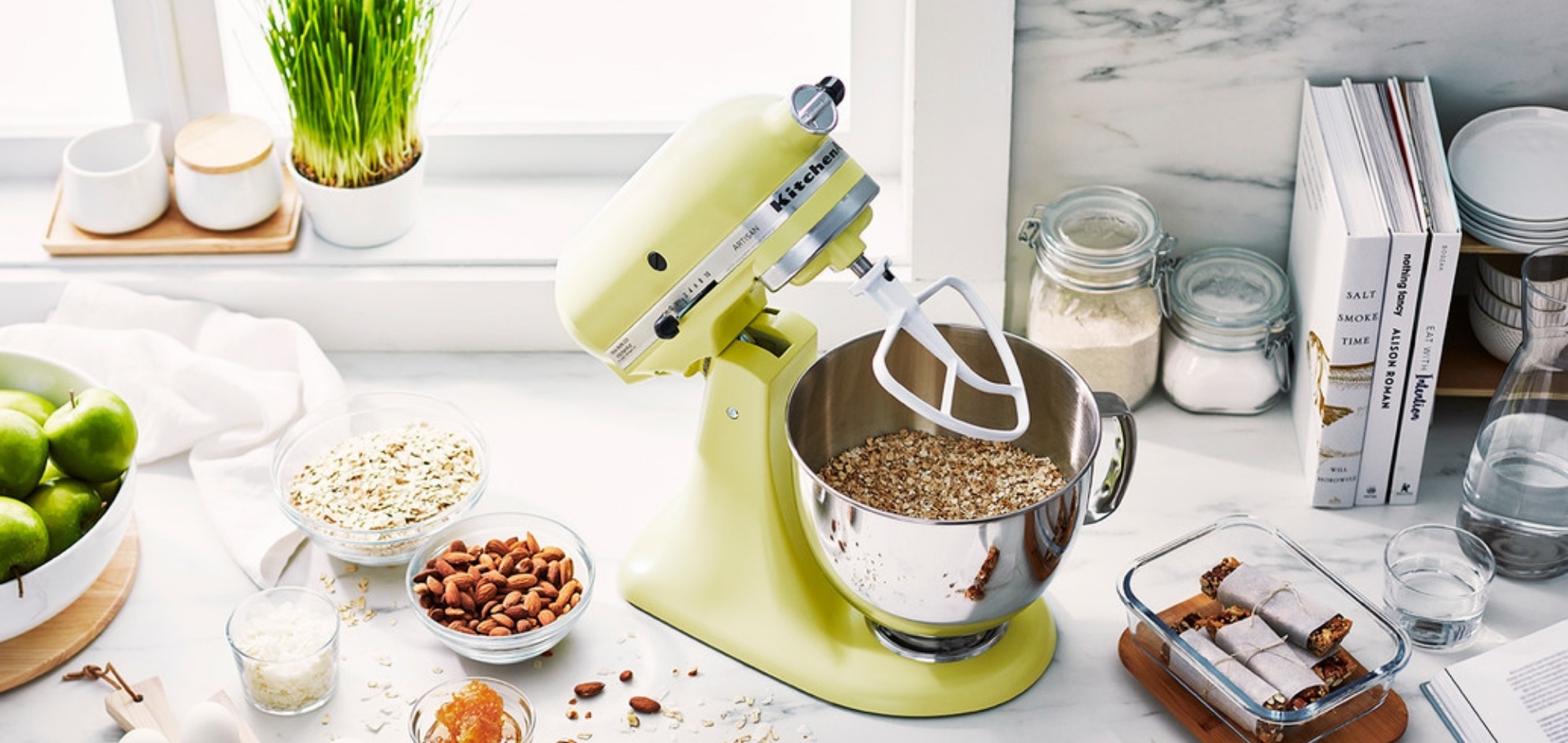
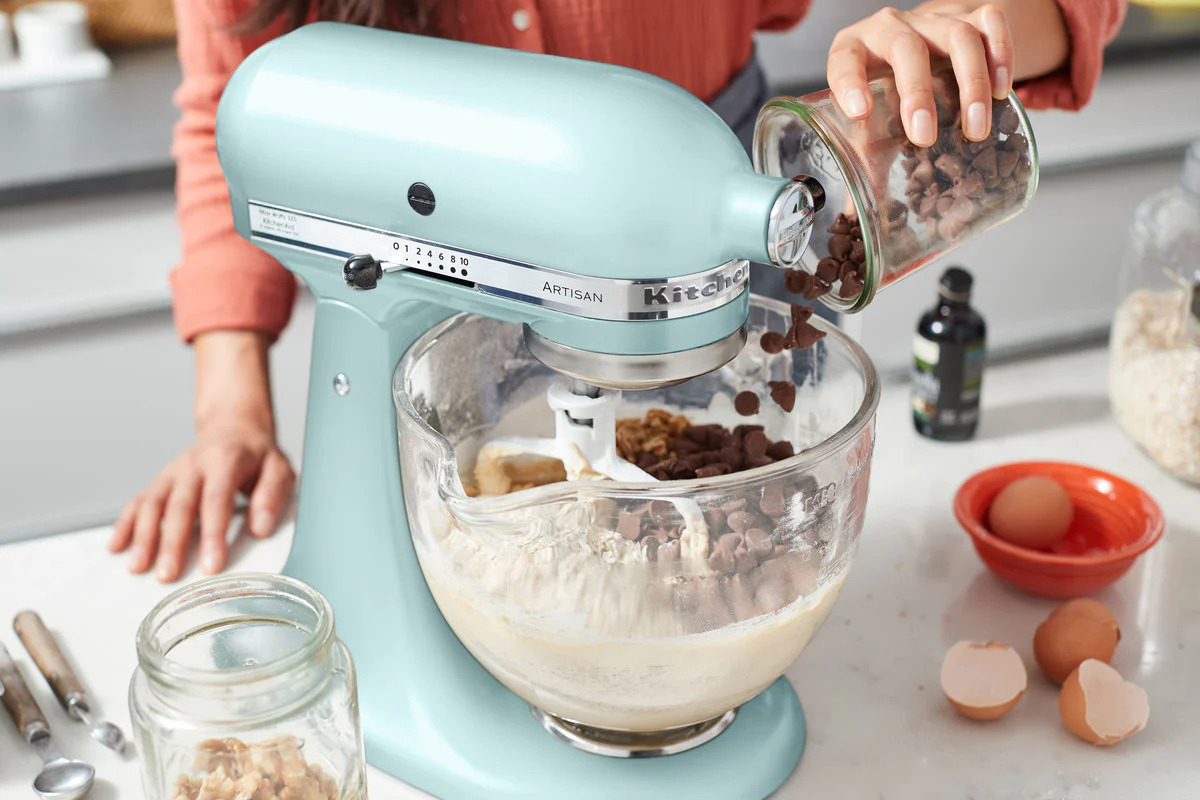
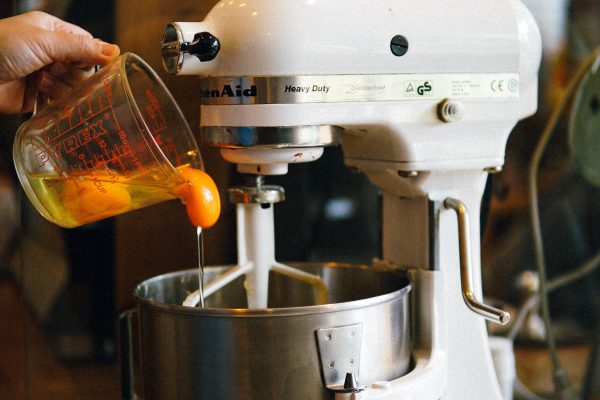

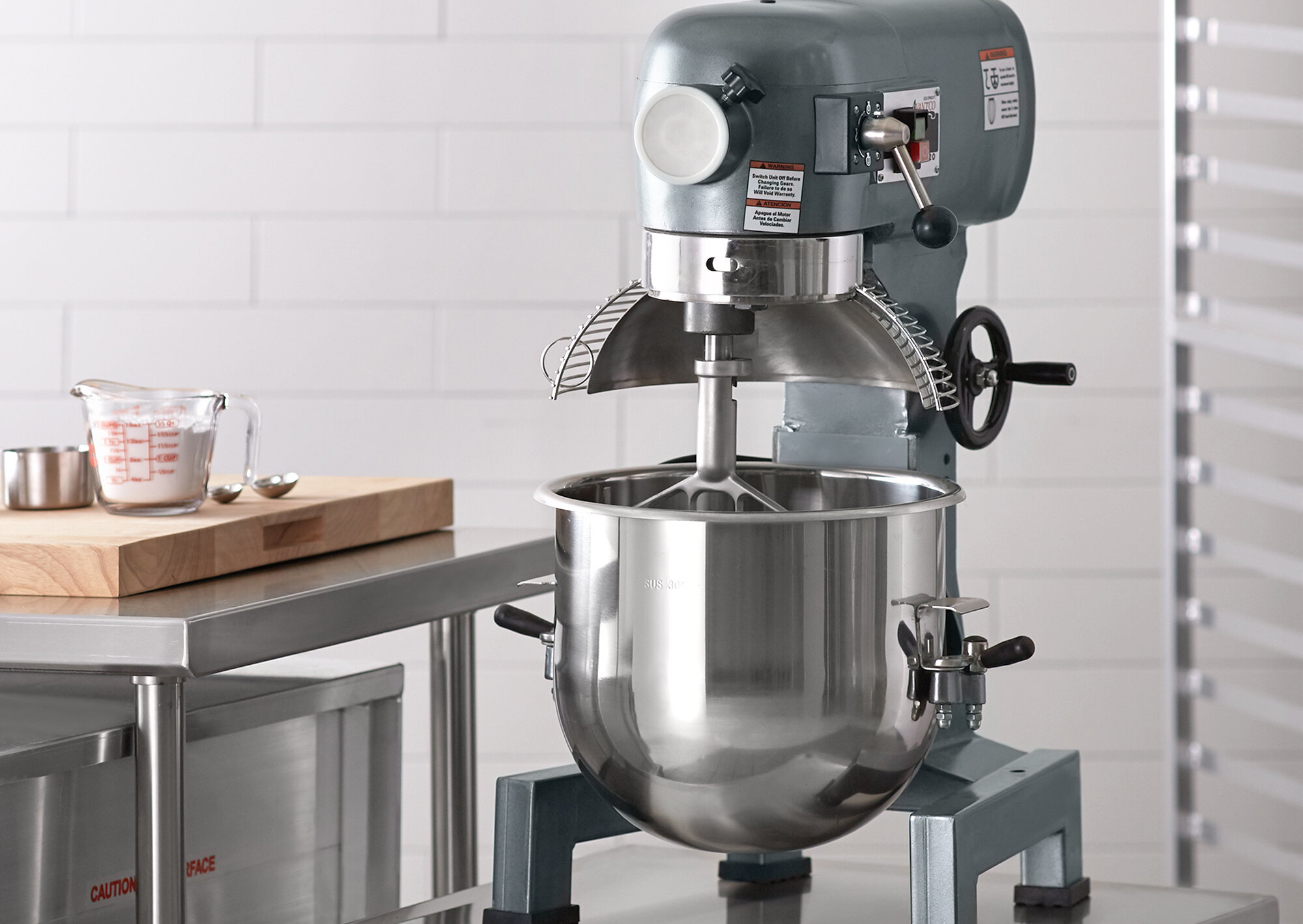
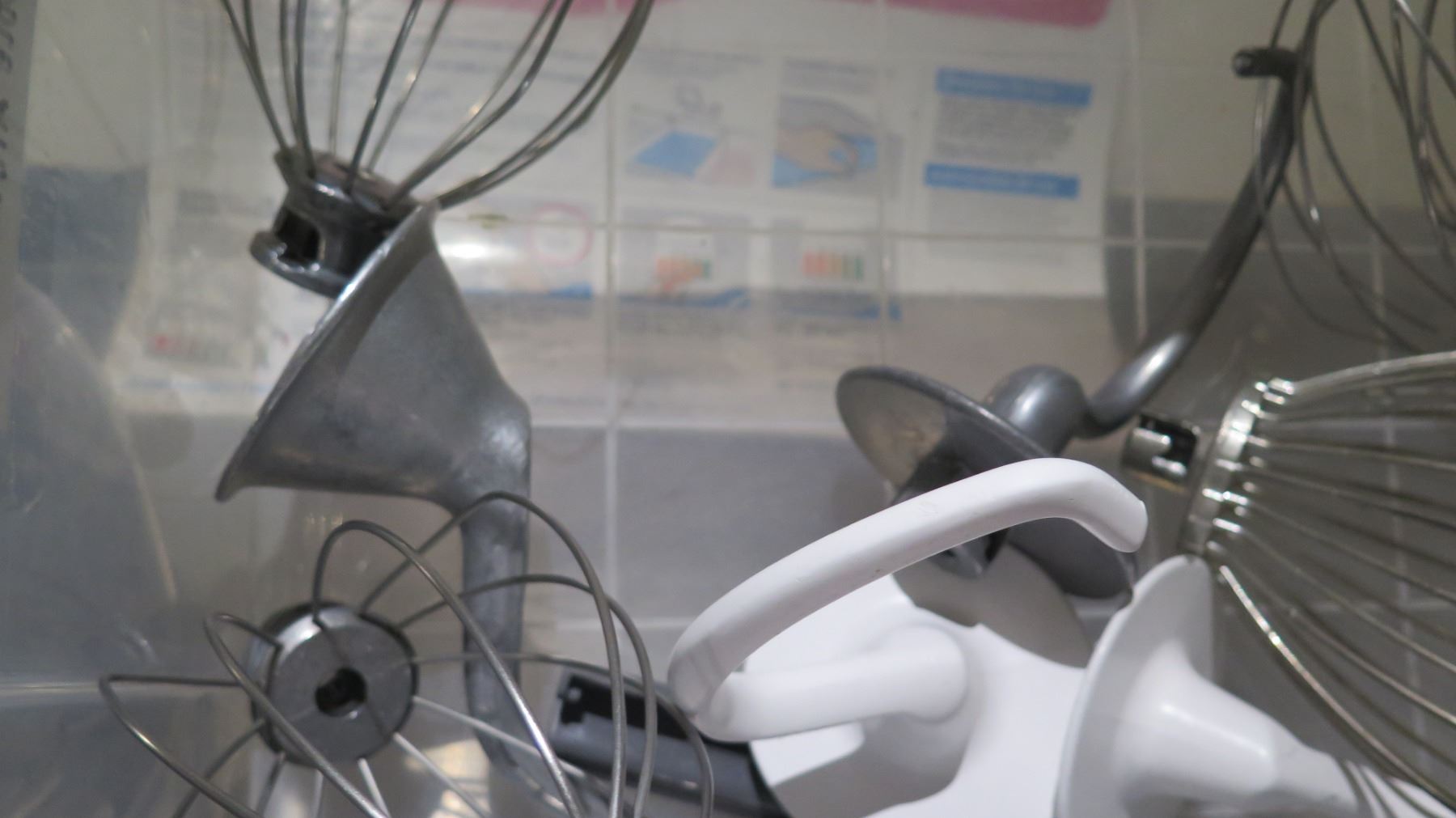
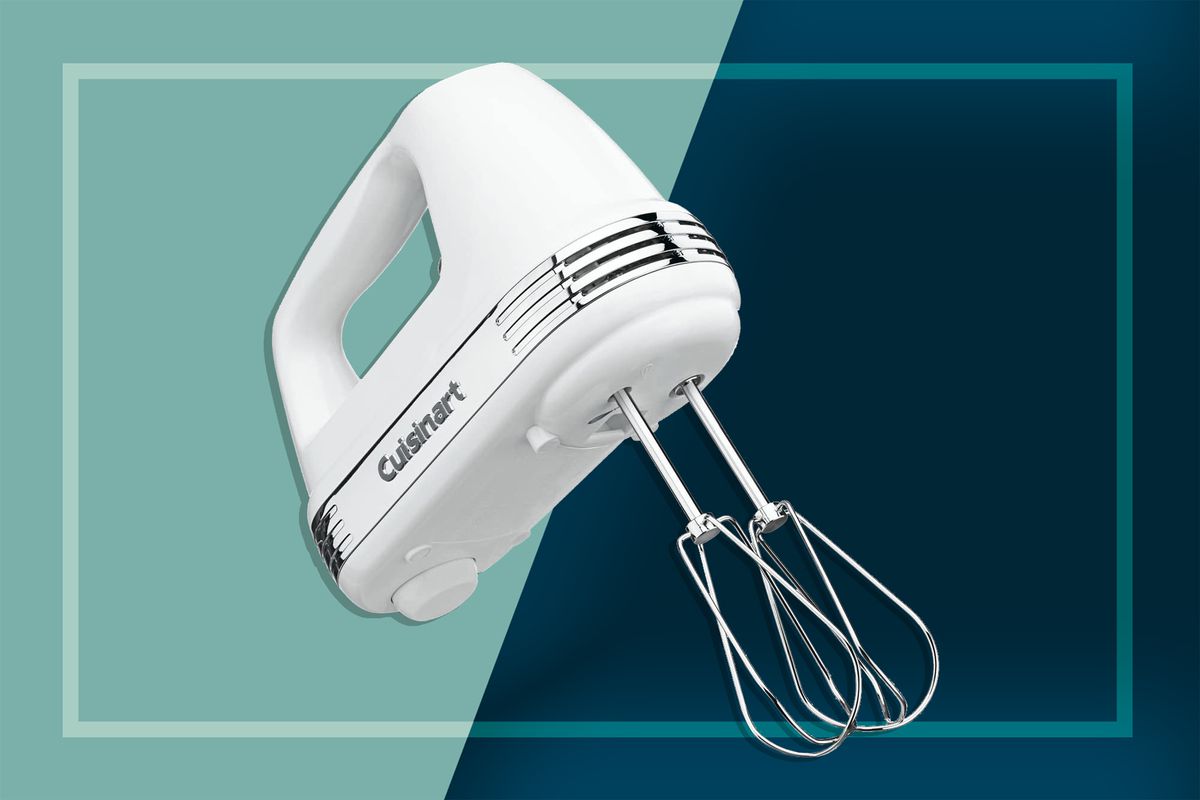
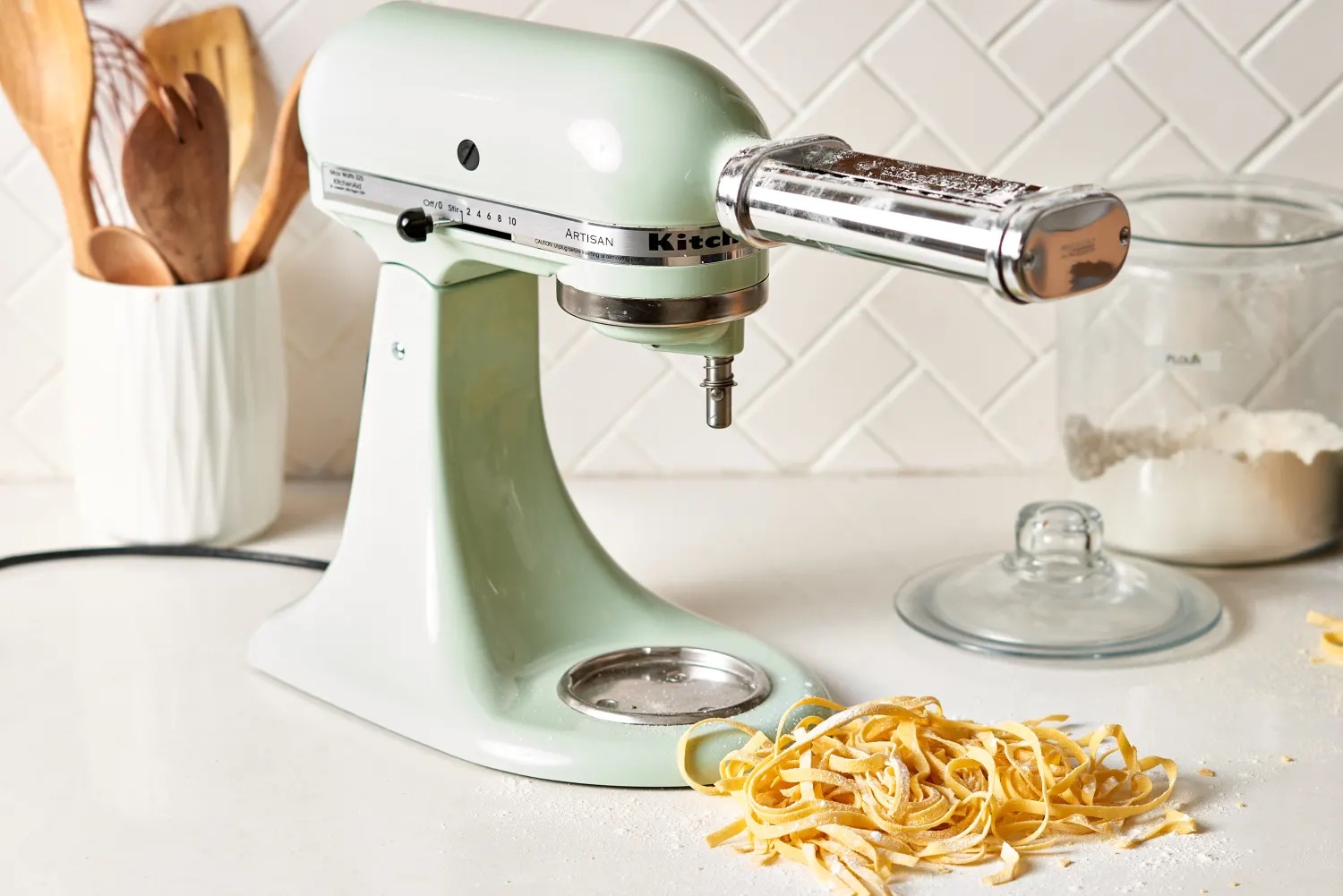
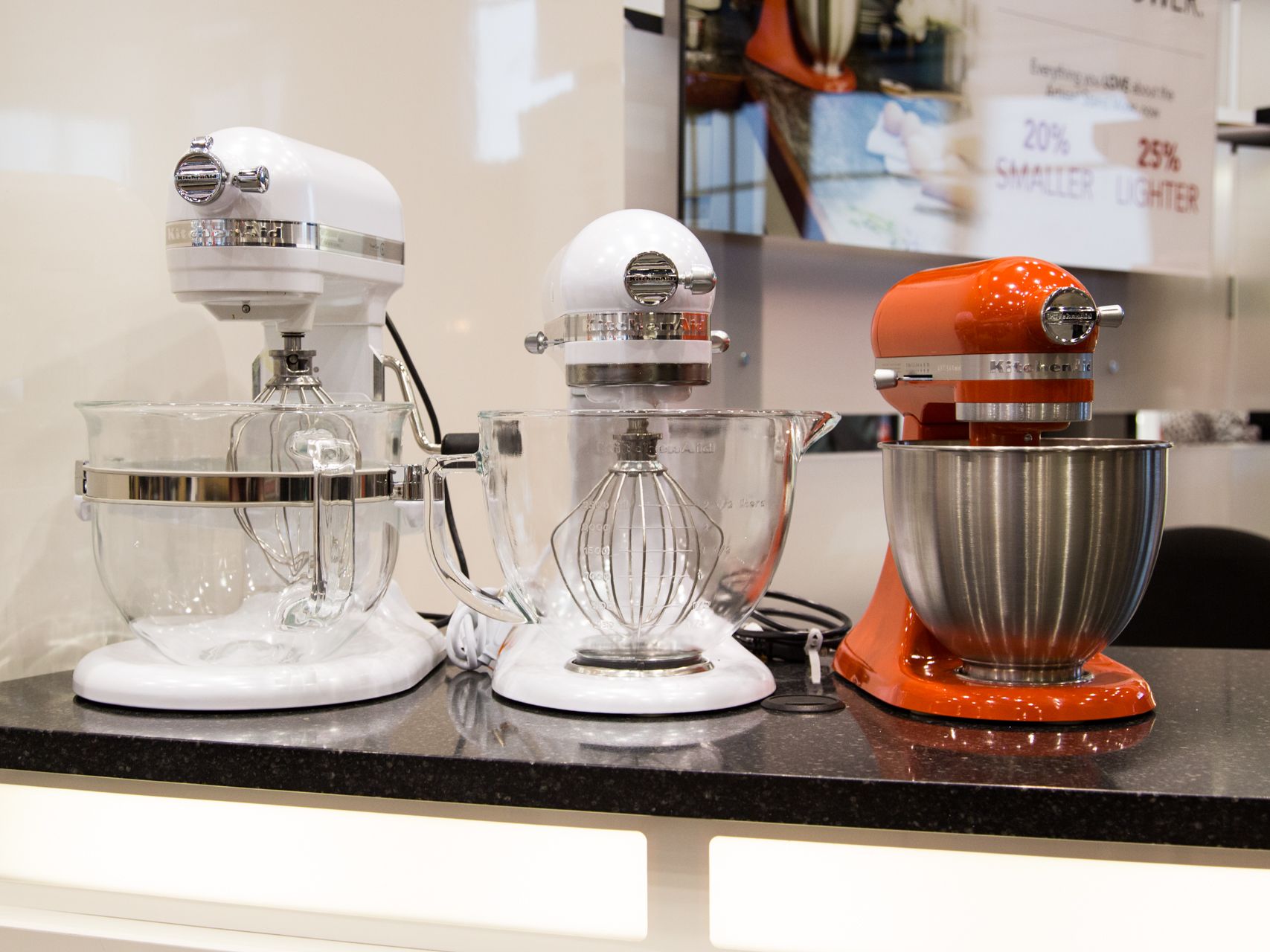

0 thoughts on “What Is A Paddle Attachment For A Stand Mixer”